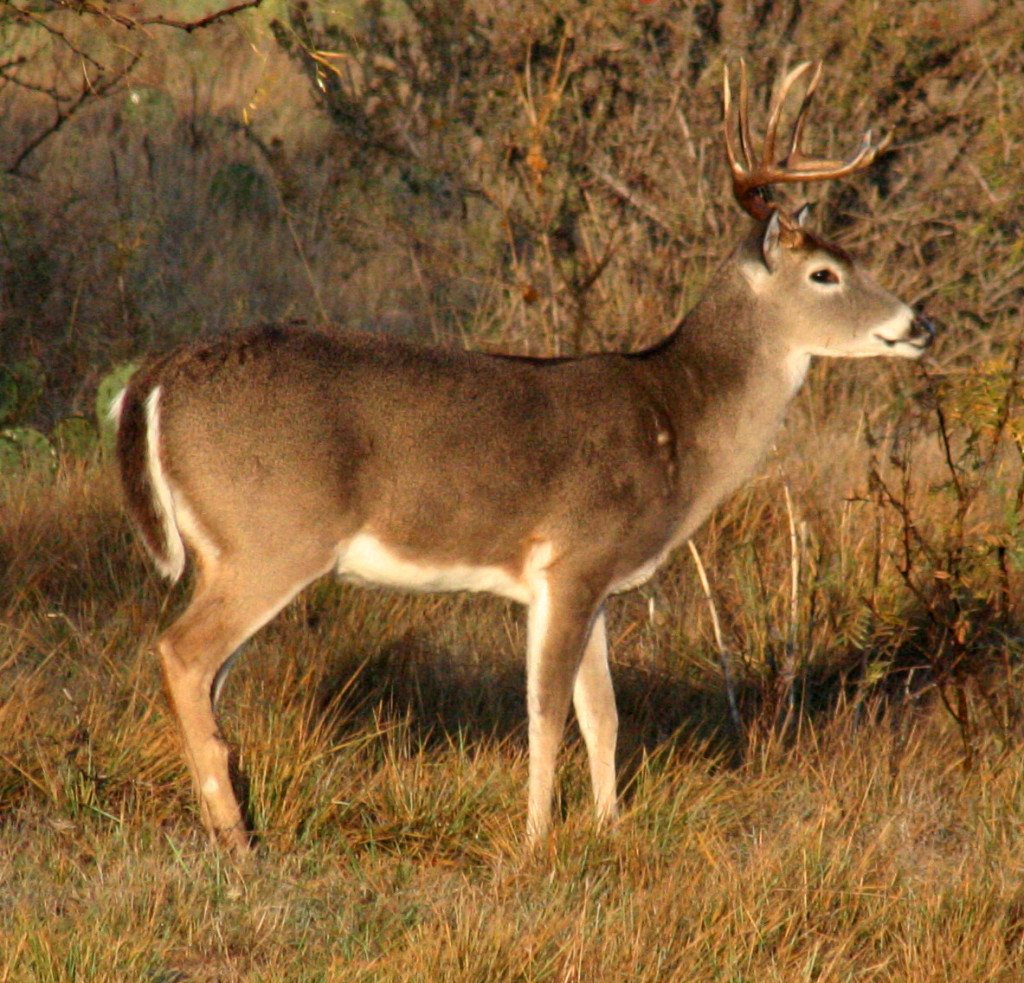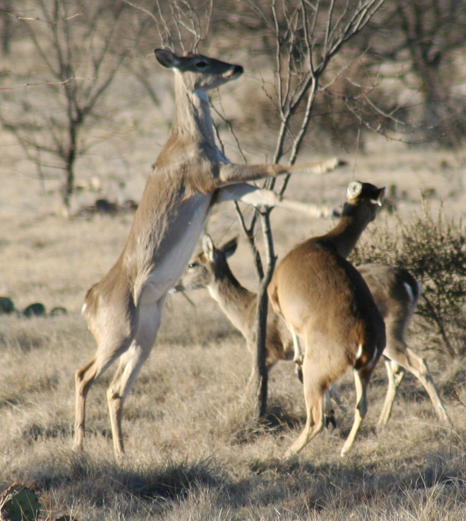As a season for one deer species wrapped up last weekend in the Texas Panhandle and Rolling Plains, another continues, though success certainly hasn’t come easy for many hunters.
The mule deer season in area counties that ran through three full weekends ended Sunday, while the whitetail season across most of the state runs through Jan. 5 and two weeks later in the brush country of South Texas.
What is easy during this point in a hunting season is to feel somewhat of a let-down, especially if you haven’t filled a mule deer tag. However, even if you haven’t tagged out, there’s still hope if you’re a whitetail hunter. In fact, the season is just now hitting full stride, with the most anticipated period in play.
The breeding season is at or near its peak in the most frequented whitetail hot spots in the Hill Country and Central Texas, while less-pressured areas such as the Rolling Plains just now are experiencing the high point of the rut.
The key now is simply putting in time in the field and waiting things out, something backed up by a three-year statewide Texas Parks and Wildlife Department study. That research sheds light on the rutting process, including when you simply should put all other plans on hold and be in a stand. In the Rolling Plains, most does were bred from Oct. 8 to Dec. 30, and study areas showed a peak date of Dec. 3 in northern stretches of the region and a peak of Nov. 20 in the south.
It’s not set in stone, but with that data, you can bank on possibly seeing the largest bucks you’ll see all year within the next week in this part of the state – if you haven’t already missed them. The study showed that the big buck landscape of South Texas has the latest rut with breeding dates ranging from Nov. 9 to Feb. 1, and the peak dates for the eastern and western portions of the region well past the middle of December.

The Edwards Plateau, the area of the state with the highest whitetail and hunter densities, also has somewhat later rut dates, according to the study, with a Dec. 5 peak of breeding activity in the western portion of the ecoregion.
The parameters of the study also showed how the rut can alter deer behavior, especially as bucks seek out receptive does, something that can change over time. Young does and those in poor physical condition may not breed until later in the fall and into the winter, according to the study, and in fact, a doe may only appear suitable to a buck for a short window of as much as five days. However, that doe may be willing to breed only for a period of a day or less, something that could force her to come into heat again roughly a month later if breeding isn’t successful.
While hunters can bank on science and biology in terms of looking at the best times to hunt, some of the best tactics are gleaned from simply knowing what makes a big, old whitetail tick. A mature whitetail is a whole different animal, especially compared with younger bucks. While younger bucks get worn down quickly during the rut, older deer simply have more stamina when seeking out mates, which means they may forego food and water for days. Later in the rut, that means the bucks that are more active likely will have larger headgear, and will range across a much larger than they typically would during other times of the year.
While patterning a deer using game cameras and lots of time in the field has become a growing trend, it doesn’t always mean you’ll have success, especially considering that mature bucks will readily leave their main haunts to strike out in search of receptive does. That could mean the buck you’ve seen in the same places at one particular time could vanish for days. That scenario also means that other big bucks you may never have had the opportunity to observe could simply appear out of thin air, especially if you’re hunting near forage sources where does like to lurk.
During the rut, bucks are more aggressive with does and male rivals, which means that the period also is a perfect time to break out the rattling horns to draw in deer. Bucks within earshot often will come running to the sounds of a fight, especially those looking to fend off challenges to what they consider their harems of does.
There already have been a number of massive whitetails entered into the Texas Big Game Awards program and it’s a good bet there will be plenty more in coming weeks. It may be chilly, but there’s no hotter time to be in the field looking for your biggest buck.




















